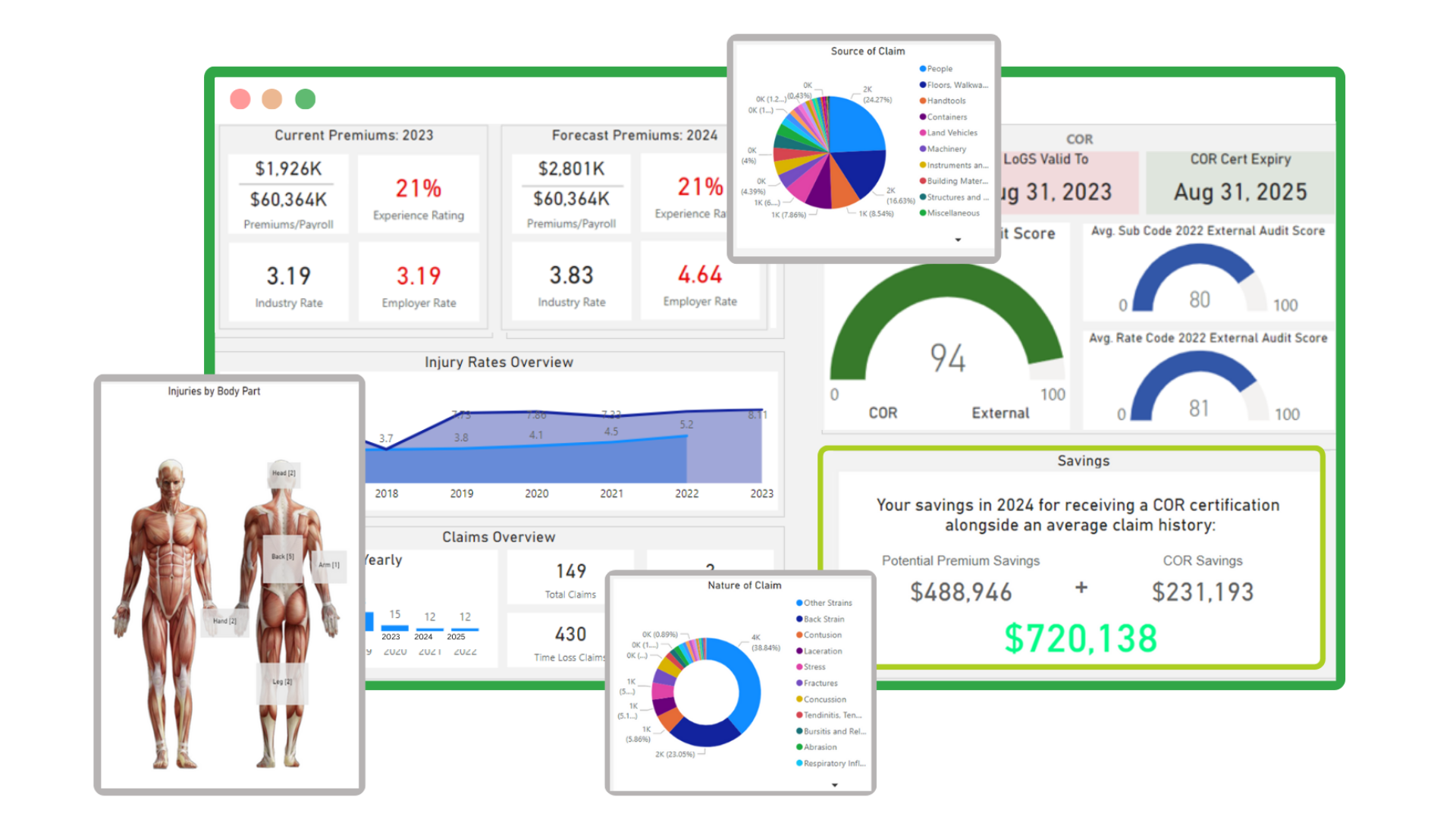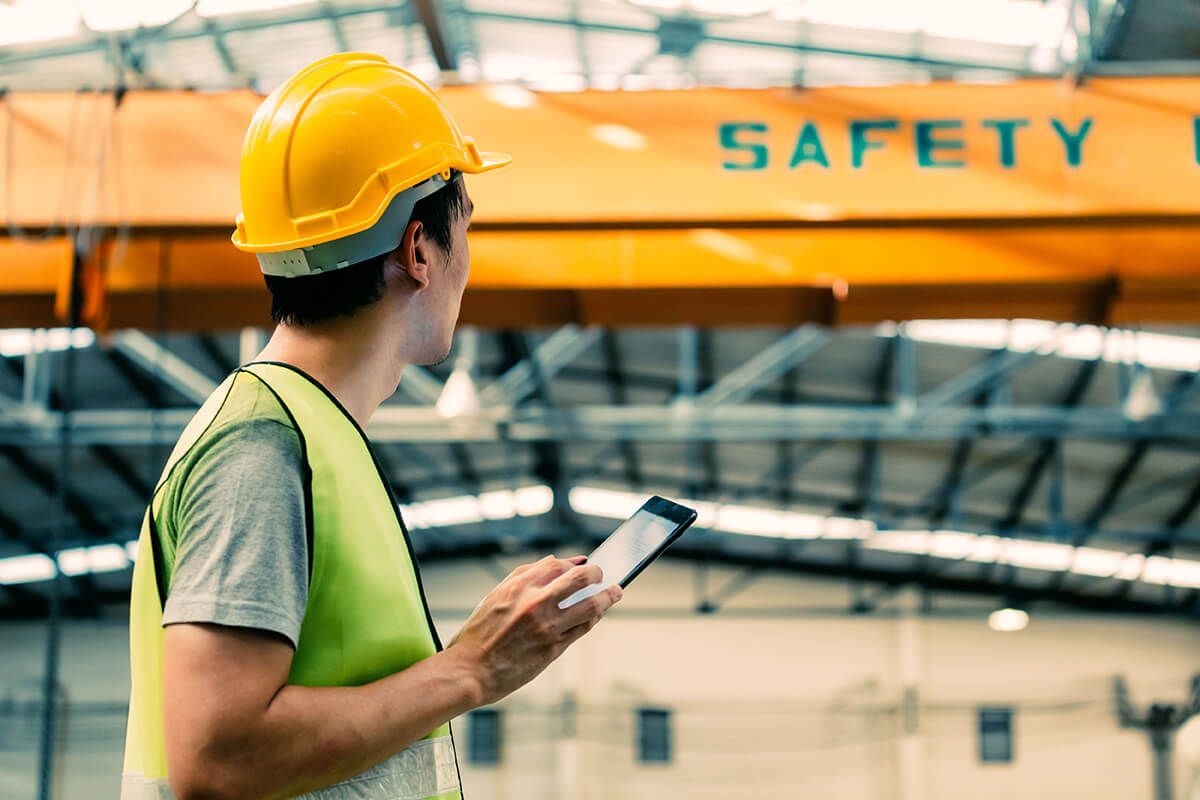The Truth About Incident Trend Analysis: It’s Not Predicting Accidents
Author: Sensori Safety Published: 5/08/2024 Time: 3 Minutes
In the quest for workplace safety, incident trend analysis has long been regarded as a critical tool for proactive risk management. However, despite its prevalence, there's a misconception that incident trend analysis can accurately predict accidents. In this blog, we'll delve into why incident trend analysis falls short in this regard and explore the transformative potential of predictive analytics in revolutionizing workplace safety.
Let's unpack this misconception. Incident trend analysis relies on historical data to identify patterns and trends, offering valuable insights into past safety incidents. While this information is undeniably important for improving safety protocols and procedures, it's not necessarily predictive in nature. Simply put, knowing what has happened in the past doesn't guarantee that the same incidents will occur in the future.
Moreover, incident trend analysis often focuses on reactive measures rather than proactive prevention. By examining past incidents, organizations may identify recurring patterns and implement corrective actions to address specific hazards. While this approach can certainly reduce the likelihood of similar incidents occurring again, it does little to anticipate new or unforeseen risks.
So, if incident trend analysis isn't predicting accidents, what can organizations do to enhance their proactive risk management efforts? Enter predictive analytics. Unlike traditional incident trend analysis, predictive analytics leverages advanced algorithms and real-time data to forecast potential safety hazards and prevent accidents before they happen.
By continuously monitoring environmental conditions, employee behaviors, and other relevant factors, predictive analytics can identify early warning signs of potential accidents and prompt proactive intervention. Whether it's detecting equipment malfunctions, identifying ergonomic risks, or flagging unsafe work practices, predictive analytics empowers organizations to stay one step ahead of safety hazards.
Tips to Overcome Challenges:
- Invest in Data Quality and Accessibility: Ensure that your data sources are accurate, reliable, and easily accessible. Implement systems for real-time data collection and integration to enable timely analysis and action.
- Address Privacy and Ethical Considerations: Develop clear policies and procedures for collecting, storing, and analyzing employee data to ensure compliance with privacy regulations and ethical standards. Communicate openly with employees about data usage and protection to build trust and transparency.
- Build Technical Expertise: Invest in training and development programs to build technical expertise within your organization. Equip staff with the skills and knowledge needed to effectively leverage predictive analytics tools and interpret insights for actionable decision-making.
- Foster a Culture of Innovation: Cultivate a culture that values innovation and continuous improvement in workplace safety practices. Encourage collaboration and experimentation to explore new approaches and technologies for proactive risk management.
In conclusion, while incident trend analysis remains a valuable tool for improving workplace safety, it's important to recognize its limitations when it comes to predicting accidents. By embracing predictive analytics, implementing the provided tips, and leveraging solutions like Sensori Safety, organizations can elevate their proactive risk management efforts and truly revolutionize the future of workplace safety.
Incorporating Sensori Safety into your proactive risk management strategy can revolutionize workplace safety. Our cutting-edge solution combines advanced sensors and predictive analytics to anticipate safety hazards and prevent accidents before they happen. By leveraging real-time data and actionable insights, Sensori Safety empowers organizations to create safer, more resilient work environments, ensuring the well-being of employees and the success of the business.
Learn more, Sensori Safety — We hope you enjoyed this short article.
Stay Safe & Stay Healthy!
#SensoriSafety #OSHA #safetytech #safetyblog #safetyfirst #workersafety #safetytips #safetyprofessionals #safetyprofessional #ehscommunity











